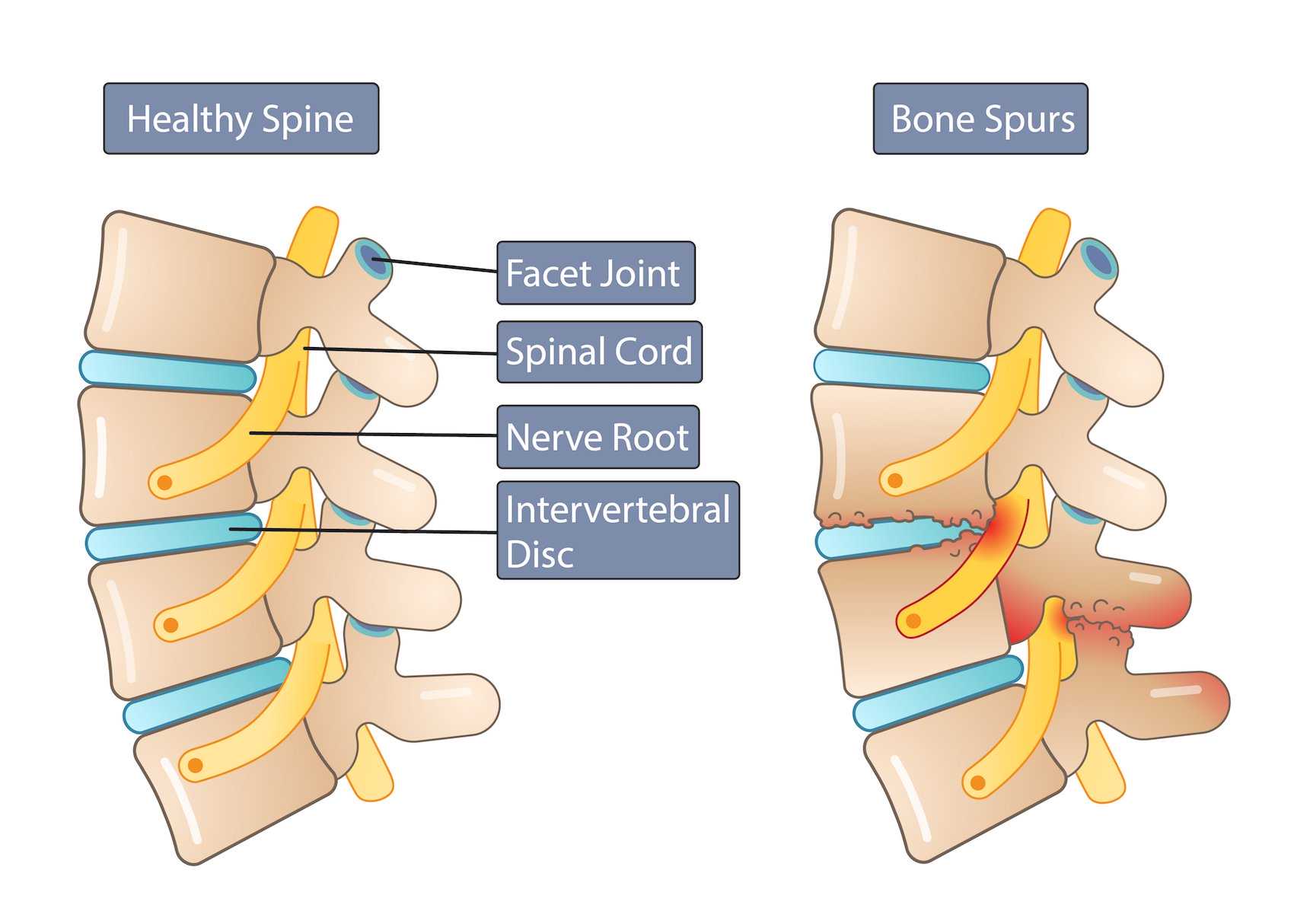End Plate Sclerosis And Osteophyte Formation
End Plate Sclerosis And Osteophyte Formation - Endplate changes are traditionally characterized based on their mri appearance using the modic criteria and can be associated with bone sclerosis. Endplate sclerosis is a condition that affects the vertebral endplates, which are the thin layers of cartilage that separate the spinal discs from the. Lumbar disc degeneration is characterised radiologically by the presence of osteophytes, end‐plate sclerosis and disc space narrowing.
Endplate sclerosis is a condition that affects the vertebral endplates, which are the thin layers of cartilage that separate the spinal discs from the. Lumbar disc degeneration is characterised radiologically by the presence of osteophytes, end‐plate sclerosis and disc space narrowing. Endplate changes are traditionally characterized based on their mri appearance using the modic criteria and can be associated with bone sclerosis.
Endplate changes are traditionally characterized based on their mri appearance using the modic criteria and can be associated with bone sclerosis. Endplate sclerosis is a condition that affects the vertebral endplates, which are the thin layers of cartilage that separate the spinal discs from the. Lumbar disc degeneration is characterised radiologically by the presence of osteophytes, end‐plate sclerosis and disc space narrowing.
causes of lumbar osteophytes Archives Spinal Backrack
Endplate sclerosis is a condition that affects the vertebral endplates, which are the thin layers of cartilage that separate the spinal discs from the. Endplate changes are traditionally characterized based on their mri appearance using the modic criteria and can be associated with bone sclerosis. Lumbar disc degeneration is characterised radiologically by the presence of osteophytes, end‐plate sclerosis and disc.
Bone Marrow Degenerative Changes
Endplate changes are traditionally characterized based on their mri appearance using the modic criteria and can be associated with bone sclerosis. Endplate sclerosis is a condition that affects the vertebral endplates, which are the thin layers of cartilage that separate the spinal discs from the. Lumbar disc degeneration is characterised radiologically by the presence of osteophytes, end‐plate sclerosis and disc.
Pin by Maureen Larsen on Neuroscience Pinterest
Endplate changes are traditionally characterized based on their mri appearance using the modic criteria and can be associated with bone sclerosis. Lumbar disc degeneration is characterised radiologically by the presence of osteophytes, end‐plate sclerosis and disc space narrowing. Endplate sclerosis is a condition that affects the vertebral endplates, which are the thin layers of cartilage that separate the spinal discs.
Bone Spurs Symptoms & Causes What is a Bone Spur? MNC
Endplate changes are traditionally characterized based on their mri appearance using the modic criteria and can be associated with bone sclerosis. Endplate sclerosis is a condition that affects the vertebral endplates, which are the thin layers of cartilage that separate the spinal discs from the. Lumbar disc degeneration is characterised radiologically by the presence of osteophytes, end‐plate sclerosis and disc.
Osteoarthritis A Silent Source of Back Pain
Endplate changes are traditionally characterized based on their mri appearance using the modic criteria and can be associated with bone sclerosis. Lumbar disc degeneration is characterised radiologically by the presence of osteophytes, end‐plate sclerosis and disc space narrowing. Endplate sclerosis is a condition that affects the vertebral endplates, which are the thin layers of cartilage that separate the spinal discs.
Xray findings included early osteophyte formation by 6 weeks
Lumbar disc degeneration is characterised radiologically by the presence of osteophytes, end‐plate sclerosis and disc space narrowing. Endplate sclerosis is a condition that affects the vertebral endplates, which are the thin layers of cartilage that separate the spinal discs from the. Endplate changes are traditionally characterized based on their mri appearance using the modic criteria and can be associated with.
End plate degeneration. Sagittal T2 (a), T1 (b), and STIR (c) lumbar
Lumbar disc degeneration is characterised radiologically by the presence of osteophytes, end‐plate sclerosis and disc space narrowing. Endplate changes are traditionally characterized based on their mri appearance using the modic criteria and can be associated with bone sclerosis. Endplate sclerosis is a condition that affects the vertebral endplates, which are the thin layers of cartilage that separate the spinal discs.
Pin on Muscuoloskeletal imaging
Lumbar disc degeneration is characterised radiologically by the presence of osteophytes, end‐plate sclerosis and disc space narrowing. Endplate changes are traditionally characterized based on their mri appearance using the modic criteria and can be associated with bone sclerosis. Endplate sclerosis is a condition that affects the vertebral endplates, which are the thin layers of cartilage that separate the spinal discs.
Syndesmophytes
Endplate changes are traditionally characterized based on their mri appearance using the modic criteria and can be associated with bone sclerosis. Endplate sclerosis is a condition that affects the vertebral endplates, which are the thin layers of cartilage that separate the spinal discs from the. Lumbar disc degeneration is characterised radiologically by the presence of osteophytes, end‐plate sclerosis and disc.
Most prominent anterior vertebral osteophyte. 4.4 mm/16.4 mm = 0.27
Endplate sclerosis is a condition that affects the vertebral endplates, which are the thin layers of cartilage that separate the spinal discs from the. Lumbar disc degeneration is characterised radiologically by the presence of osteophytes, end‐plate sclerosis and disc space narrowing. Endplate changes are traditionally characterized based on their mri appearance using the modic criteria and can be associated with.
Lumbar Disc Degeneration Is Characterised Radiologically By The Presence Of Osteophytes, End‐Plate Sclerosis And Disc Space Narrowing.
Endplate sclerosis is a condition that affects the vertebral endplates, which are the thin layers of cartilage that separate the spinal discs from the. Endplate changes are traditionally characterized based on their mri appearance using the modic criteria and can be associated with bone sclerosis.









